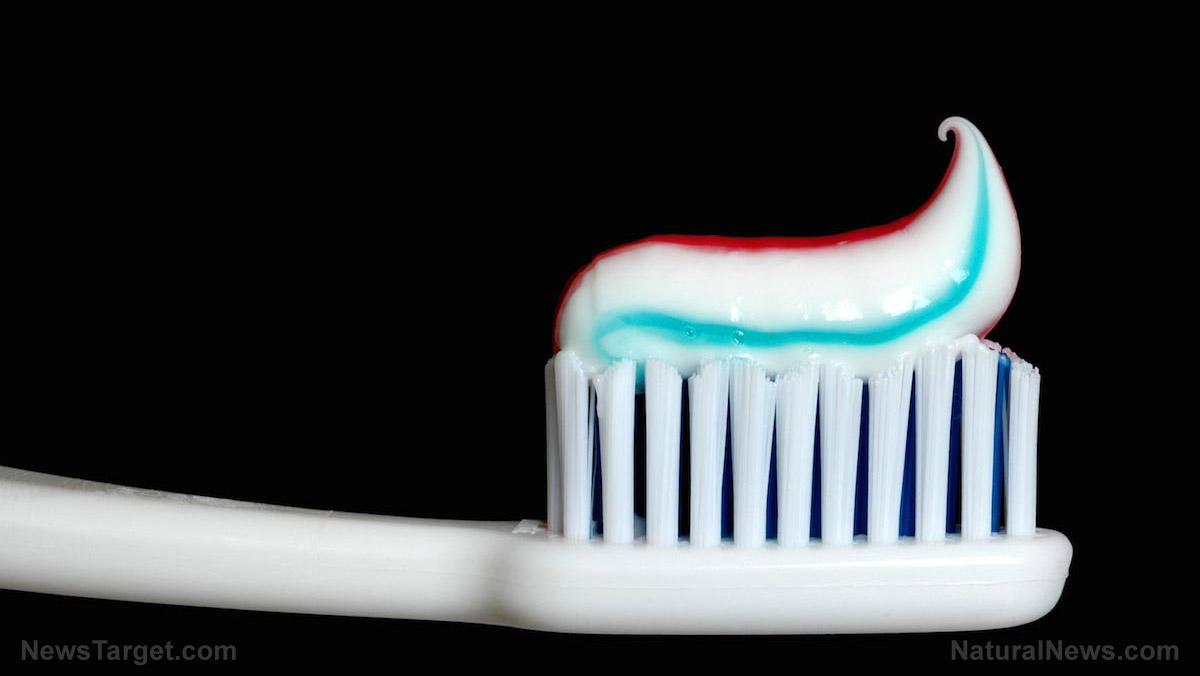More than 12 percent of the U.S. population will develop thyroid disease at some point in their lifetimes, yet many people are unaware that a major risk factor for underactive thyroid (hypothyroidism) may be exposure to fluoride in drinking water.
A 2015 study by researchers from the University of Kent, published in the Journal of Epidemiology and Community Health, found that people exposed to elevated fluoride in their drinking water were 30 percent more likely to be diagnosed with hypothyroidism.
“Underactive thyroid is a particularly nasty thing to have and it can lead to other long term health problems,” lead author Stephen Peckham said. “I do think councils need to think again about putting fluoride in the water. There are far safer ways to improve dental health.”
Fluoridation doubles risk
Fluoride is a naturally occurring mineral that is highly biologically active and is known to have toxic effects from both acute and chronic exposure. Many municipalities around the world add it to clean water supplies, supposedly to aid dental health.
Prior studies have shown that fluoride displaces iodine in the body. Iodine is essential for the functioning of the thyroid gland. Other studies have also linked fluoride exposure to hypothyroidism, but the 2015 study was one of the first population-level studies to examine the question.
The thyroid gland regulates many critical bodily functions, including metabolism, reproduction, activity and growth. Hypothyroidism produces symptoms including weight gain, depression, fatigue and aching muscles.
The Kent study examined hypothyroidism diagnoses from 98 percent of the general medical practices in England, comparing these results with fluoridation practices in different regions. After controlling for known risk factors, the researchers found that areas with fluoride concentrations higher than 0.7 mg/L of water had higher-than-average rates of hypothyroidism. Areas with concentrations below this level did not have such elevated rates across the board.
Yet, when the researchers looked more closely, they still found that areas with fluoride concentrations greater than 0.3 mg/L were 30 percent more likely to have higher-than-average rates of hypothyroidism than areas with concentrations below this level.
England fluoridates water supplies at a level of 1.0 mg/L. In the United States, the Environmental Protection Agency has set 4.0 mg/L as the upper “safe” limit of fluoride in water.
The researchers estimated, based on their findings, that water fluoridation could be causing as many as 15,000 people to suffer from hypothyroidism.
The researchers also performed another analysis that compared hypothyroidism rates in two developed areas, one of which does not fluoridate its drinking water (Greater Manchester) and one that does (West Midlands). The results were striking.
“The difference between the West Midlands, which fluoridates, and Manchester, which doesn’t was particularly striking,” Peckham said. “There were nearly double the number of cases in the West Midlands.”
Time to rethink fluoride
The researchers said that public health officials need to “rethink” their support for drinking water fluoridation.
“Consideration needs to be given to reducing fluoride exposure, and public dental health interventions should stop [those] reliant on ingested fluoride and switch to topical fluoride-based and non-fluoride-based interventions,” they wrote.
Another 2015 study suggested that water fluoridation may also contribute to the rising prevalence of attention deficit hyperactivity disorder (ADHD). That study, published in the journal Environmental Health, found that U.S. states that fluoridated more widely in 1992 had higher ADHD rates than other states in 2003, 2007 and 2011, even after the researchers controlled for socioeconomic status. Every 1 percent increase in fluoridation prevalence was associated with up to 131,000 extra ADHD cases.
“Parents reported higher rates of medically-diagnosed ADHD in their children in states in which a greater proportion of people receive fluoridated water from public water supplies,” the researchers wrote.
Sources for this article include:
NaturalBlaze.com
JECH.BMJ.com
Telegraph.co.uk
NaturalNews.com
ScienceDaily.com
eMedicine.Medscape.com
Thyroid.org
















